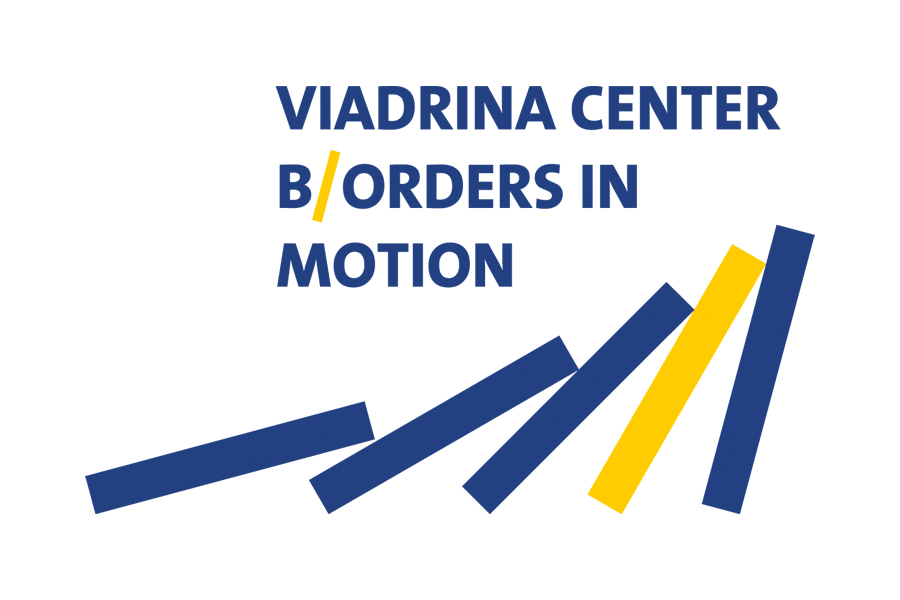Conference „Complex Borders. Dimensions - Dynamics - Technologies“, 03.- 04.11.2016
txt
In view of the increasing acceleration of social, national and cultural change, borders are of central importance. Both the ‘border’ as a theoretical concept and the empirical research field of ‘borders’ are increasingly perceived and treated as highly complex objects and scientific fields. Even though efforts are being made to develop systematic approaches to the shape of borders, these are not yet sufficiently developed or adequate to be able to deal with current social and political challenges and the potential of borders in a well-founded manner.
The academic conference ‘Complex Borders: Dimensions - Dynamics - Technologies’ addressed precisely this issue and took up the analytical challenge of systematically and heuristically outlining this widely postulated complexity, and to this end focussed on the diversity and dynamics of border formation processes as well as the concrete functions and effects of borders. The focus was on a broad concept of borders that goes beyond a one-dimensional, in particular a purely spatial definition and also aims to make the border fruitful in its temporality and sociality as a cross-cutting theme of established research and action spaces. Such an examination aims to identify resilient, comparative categories of analysis that go beyond mere problem descriptions and do justice to the complexity of borders and border demarcation processes.
Derived from the overarching theme ‘Complexity of the border’, three heuristic starting points emerge, for whose constructive treatment the following questions are particularly relevant in our view:
- The panel Multidimensionality of Borders and Boundaries focussed primarily on the defining characteristics and attributes of border(s) as well as the interplay of the diverse elements and characteristics of borders. The following questions arose: Which dimensions and states of borders can be identified? Which attributes (spatial, social, temporal, etc.) are central to the nature of current border(s) and border demarcations? Is there an accumulation or invalidation of individual border dimensions?
- The panel Dynamics of borders and border demarcations focussed on the processuality and inherent dynamics of border phenomena, in particular processes of drawing and dissolving borders and the way in which borders are constructed, changed and related. The following questions were particularly revealing: What dynamics of border demarcation can currently be observed? How do social, political or economic regimes correspond to or collide with the processual nature of border demarcations? How is the functioning of the border changing or are structuring borders being redrawn on the basis of functional considerations?
- The panel Knowledge Techniques and Border Technologies dealt with various knowledge techniques that are used in the manifestation of borders as well as the border technologies that are used in the process. The following questions were particularly useful in this panel: Which knowledge techniques and inventories and which specific technologies are used to discover, secure, monitor and thus also create borders? Which epistemological boundaries characterise thinking about borders? Do established categories of borders need to be rethought with regard to new technological contexts?
The conference was organised by the Border Theories working group. It was established in 2014 in the context of the Viadrina Center B/ORDERS IN MOTION border research centre as an association of young researchers at the European University Viadrina, which is dedicated to the critical discussion and development of central concepts and key questions of border research across disciplines. The main aim is to outline theoretical approaches to borders and border demarcations, but also to address overarching questions such as the added value of a general concept of borders, the normative implications of border research and its methodological consequences.
